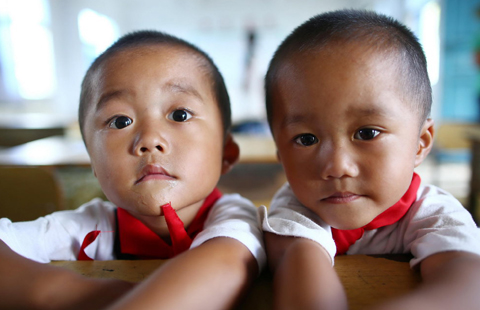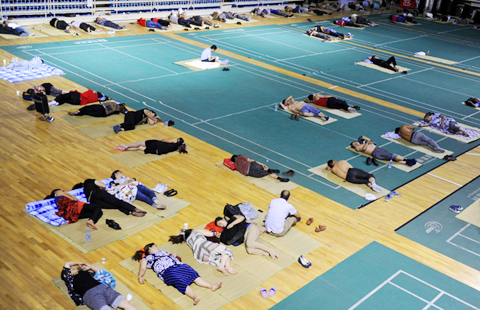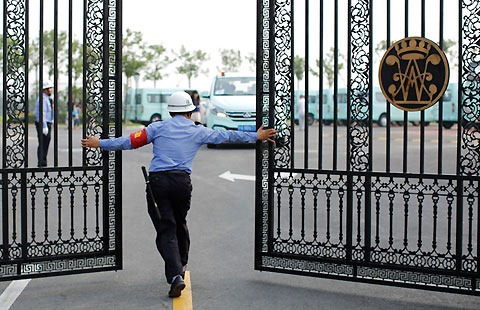
GENEVA - The World Health Organization (WHO) on Thursday issued a roadmap to guide and coordinate the international response to the outbreak of Ebola virus disease in West Africa.
WHO said the aim of the roadmap is to stop ongoing Ebola transmission worldwide within six to nine months, while rapidly managing the consequences of any further international spread.
The roadmap came after the urgent need to dramatically scale up the international response. Nearly 40 percent of the total number of reported cases have occurred within the past three weeks.
It will serve as a framework for updating detailed operational plans. Priority is being given to needs for treatment and management centers, social mobilization, and safe burials.
In countries with widespread and intense transmission, the roadmap was expected to reverse the trend in new cases and infected areas with three months, stop transmission in capital cities, major ports and all residual transmission within six to nine months.
In countries with an initial case or with localized transmission, it was aimed to ensure emergency and immediate application of comprehensive response plan and to stop all transmission within eight weeks of index case.
In addition, the roadmap planned to strengthen preparedness of all countries to rapidly detect and respond to an Ebola exposure, especially those sharing land borders with an intense transmission area and those with international transportation hubs within one month.
Meanwhile, the roadmap also covered the major issues in operation, such as mobilizing and sustaining sufficient human resources to implement response interventions, making sure repaid access to diagnostic laboratory, appropriate personal protective equipment and other essential materials, and optimizing the deployment of resources.
The costs of implementing the roadmap by national governments, WHO, UN agencies and other partners were estimated to reach 490 million U.S. dollars over the next six months.
As of Aug. 26, the total number of cases attributed to Ebola virus disease in Guinea, Liberia, Nigeria, and Sierra Leone has reached 3,069, including 1,552 deaths.








